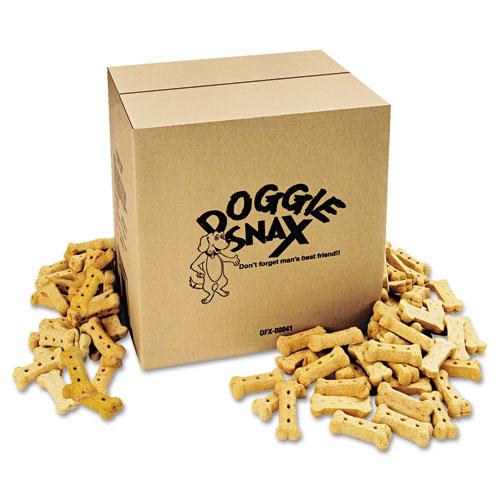
When mixed with water, it creates a mass called gluten that can be cut and formed into the dog biscuit form. Chemically, flour is composed of starch and protein. Of these, the endosperm is responsible for most of the important baking and shaping characteristics. This powder contains the three main parts of the seeds including the bran, germ, and endosperm. It is obtained by grinding corn, wheat, or rice into a powder. Carbohydratesįlour is one of the most abundant ingredients in most dog biscuit recipes and provides the bulk of the carbohydrates. While the materials have a high nutritional content, they are typically not as high quality as similar ingredients used in human food. The ingredients used for dog biscuits are specially tailored for dogs, and are chosen to be nutritious, easily digested, palatable, and economically feasible. These are combined with other ingredients that have a significant effect on the dog biscuit's final characteristics. The primary ingredients in a dog biscuit recipe are carbohydrates, proteins, fats and However, advances in packaging technology have resulted in the use of foil packaging and plastic containers. The packaging for dog biscuits used to be strictly limited to cardboard boxes because this minimized breaking. Low fat varieties are also available for dogs that are overweight. Since most treats are also sold as healthy food supplements, dog biscuits are typically fortified with vitamins and minerals essential in a dog's diet. In an effort to differentiate their products, marketers have produced dog biscuits with shapes as varied as animals, people, bacon strips, and even fire hydrants. The shapes have also changed from the conventional bone shape. In addition to flavor variations, dog biscuits also are sold in different sizes small biscuits for small dogs, large biscuits for large dogs. However, certain manufacturers have produced some interesting flavors such as oatmeal, raisin, spinach, peanut butter, and coconut. Traditional flavors include beef, chicken, lamb, turkey, liver, cheese, and bacon. The classic dog biscuit is a small, hard, bone-shaped product that is colored to reflect its flavor. While treats are not essential to a dog's diet, they are typically given as a way to indulge or train their pets.

It is estimated that over 50% of all dog owners regularly give their dogs treats. This competition has remained, resulting in hundreds of different dog biscuit products.

In the early 1970s, a number of manufacturers came out with competing products. Initially, it was marketed as a treat for dogs, but eventually the health aspects such as cleaner teeth and better breath were promoted. In fact, during most of this time, it was the only commercially available dog biscuit. The Milkbone dog biscuit brand was then acquired by Nabisco Biscuit Company and it dominated the dog biscuit market until the late 1960s. The name was changed to Milkbone in 1915 to reflect the fact that cow's milk was one of the main ingredients. In 1911, the recipe was granted a patent. Bennett Biscuit company was established, and they began selling the dog biscuit under the name Malatoid.

In 1908, his recipe was bought by an American businessman who introduced it to the United States. He made his biscuits in the shape of a bone and they began to sell rapidly. This gave him the idea of making biscuits especially for dogs. He gave one to his dog, and the dog gobbled it right up. After baking a batch, he tasted them and thought they were terrible. According to the story, the shop's owner was trying to expand his business by creating a new biscuit recipe for his customers. Backgroundĭog biscuits were invented accidentally in a London butcher shop during the late 1800s. First developed accidentally during the 1800s, the dog biscuit snack market has grown to over $480 million in yearly sales. The raw materials are combined in a large container, the biscuits are shaped, cooked, cooled, and packaged. They are made in much the same way biscuits are made for human consumption. Dog biscuits are a hard, dry, dog food product, typically composed of protein, carbohydrates, fat, and fiber.


 0 kommentar(er)
0 kommentar(er)
